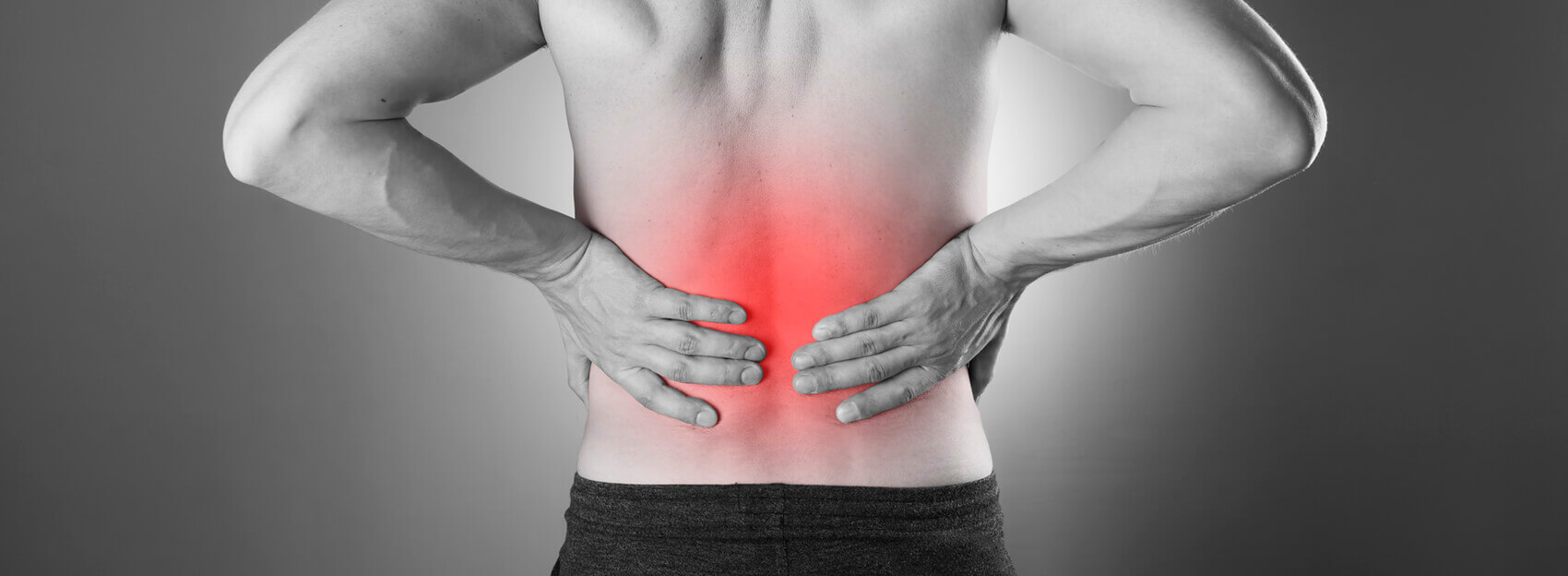Although some of us have always exercised at home, the pandemic has certainly increased the number of us who are lifting weights, doing pushups, riding stationary bicycles, and using treadmills in our living rooms, basements, and garages. Unfortunately, there can be dangers to working out at home, especially if doing so involves a change in your routine.
For those who suffer painful bone or muscle injuries during home exercise, Long Island Spine Rehabilitation Medicine has conveniently located offices in Nassau, Suffolk, and Queens where you can find excellent nonsurgical treatment.
Being at Home Carries Its Own Set of Risks
Not wanting to risk the contagion we suspect may be lurking at the gym or yoga class, or even on the basketball court, a great many of us have retreated to the safety of our own homes. Since a significant percentage of us are also working at home, we may be able to take an exercise break whenever there is a pause in our workload — without having to travel, pack a towel and water bottle, or even put on shoes. Here, in the comfort of our homes, we build our muscles, increase our stamina, and try to maintain a healthy weight. And here, too many of us get hurt.
Why Are Some of Us More Prone to Injury While Exercising at Home?
Protected though we may be from COVID-19, many of us have suffered painful injuries on the homefront. There are several reasons for this, among them:
- Because we don’t have to commute to our exercise site, we are not remembering to prepare our bodies by warming up, but rather jumping on the exercycle for a quick period of exertion
- Though water is readily accessible, we may be neglecting to hydrate sufficiently since we don’t see others doing so
- Without a coach, teacher, or trainer, we may not be getting the instructions and advice we need to lessen our risk of injury by moving correctly
- Since we don’t have to be around others, we may not be wearing the right clothing, or (more likely) the correct footwear (see no shoes reference above) for our exercise
- Because there is no stipulated time for class or training session, too many of us may work out for too long, straining our muscles and overexerting ourselves
- Because not everyone has room enough to exercise comfortably at home, some individuals may find themselves moving awkwardly to avoid furnishings, or unable to extend their arms and legs fully and comfortably
Add to the above, the distractions at home – the doorbell, the dog asking to go out, your child calling, a phone call or text – any of which may prompt you to move unexpectedly, perhaps with a twist of the neck or ankle or a clumsy fall. Now, do you get the picture of why many home athletes come to us with homegrown injuries?
Common Injuries Suffered During At-Home Workouts
At Long Island Spine Rehabilitation Medicine, we diagnose and treat all types of musculoskeletal injuries and commonly see patients who have suffered one of the following while exercising at home:
- Fractures due to falls or collisions with furniture or exercise equipment
- Hamstring pulls (at the back of the thigh) from sprinting, lunging, or jumping
- Ankle sprains or strains due to an awkward landing after jumping or pivoting
- Lower back pain caused by heavy lifting, sit-ups, or leg lifts
- Shoulder impingement due to improper or excessive overhead reaches
- Tendonitis as a result of heavy lifting or overreaching
- Wrist sprain or dislocation caused by heavy lifting or excessively tight gripping
- Elbow injuries due to chin-ups, push-ups, and bench presses
Ways to Protect Yourself from At-Home Exercise Injuries
In order to give yourself the best chance of avoiding injury during at-home exercise, remember to:
- To warm up before and cool down after your workout
- Do some stretches after your workout to loosen and relax your muscles
- Build up gradually when you start a new routine
- Don’t overexert yourself — try to be your own best trainer, giving sound advice
- Drink enough — before, during, and after your workout
- Vary your exercises so as not to overtax one set of muscles
- Make sure you wear proper footwear for support, flexibility, and to avoid slippage
- Give yourself two days off per week to rest
Don’t Dismiss Pain – Come to See Us Before You Make an Injury Worse
While you should feel tired after a good workout, you should not feel totally spent. Though you may feel some mild aches from pulling, stretching, and lifting, a real pain in a specific area requires diagnosis and treatment. If you are injured during a home workout, make an appointment with our skilled physiatrists. Our goal is to make you feel better as quickly as possible. Contact our office today.
